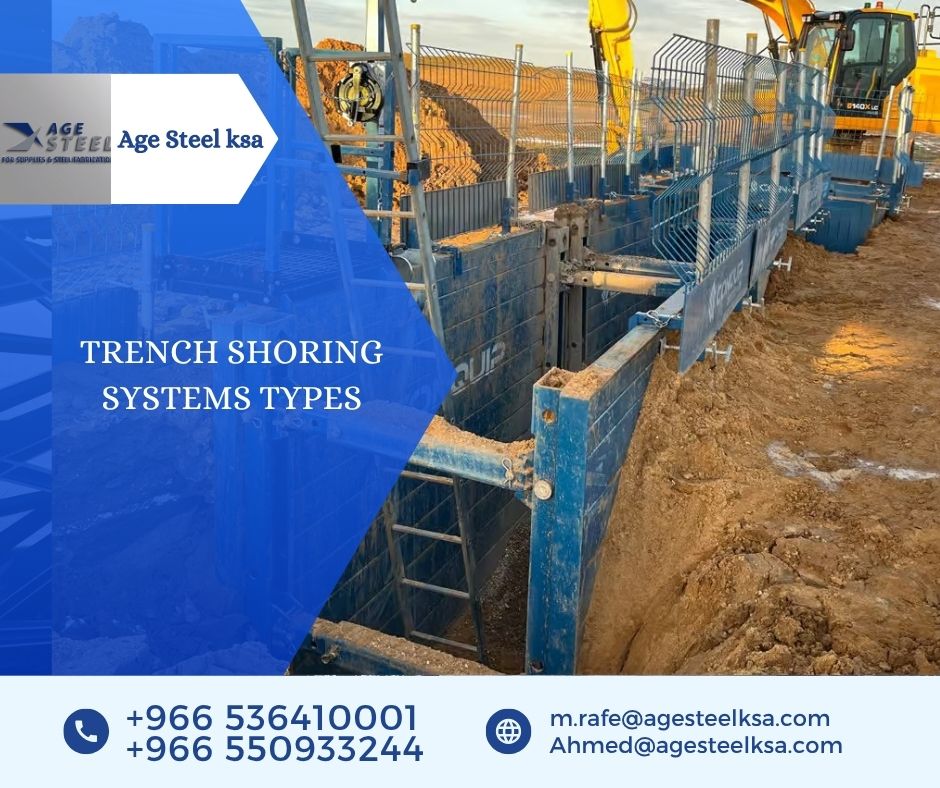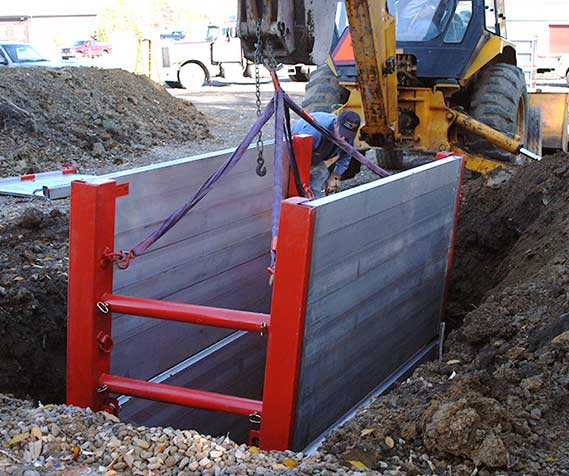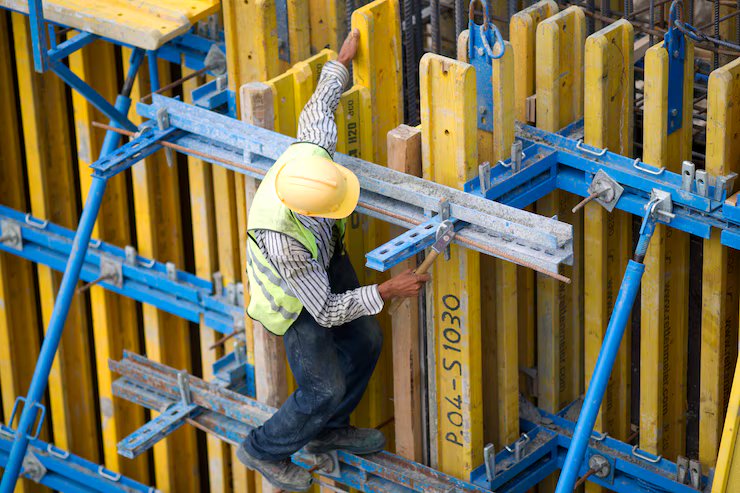
Trench shoring systems are essential safety solutions used in construction and excavation projects to prevent trench collapses and protect workers. Understanding the different trench shoring systems types is vital for choosing the right method to ensure trench stability, comply with safety regulations, and minimize risks during excavation. Excavations are common in civil engineering works, utility installations, and pipeline laying, but trenches pose serious hazards without proper support. This is why trench shoring systems types play a crucial role in maintaining structural integrity and protecting laborers.
Trench shoring involves providing temporary structural support to the walls of a trench during excavation. The main goal of these systems is to prevent soil from caving in, which can cause accidents, injuries, or even fatalities. Depending on soil conditions, trench depth, and project requirements, various trench shoring systems types are used to ensure safe working conditions and comply with safety precautions for excavation.

Hydraulic shoring is a popular choice among trench shoring systems types. This method uses hydraulic pistons or rams to press against trench walls, applying uniform pressure to prevent soil movement. Panels made of steel or plywood are installed alongside the pistons, holding back the earth.
Advantages of Hydraulic Shoring:
Best suited for: Utility projects and short-term excavations where speed is essential.

Timber shoring is one of the oldest methods in the range of trench shoring systems types. It involves using wooden posts (“soldiers”) and horizontal boards (“wales”) to support the trench walls. Although labor-intensive, timber shoring remains effective for certain conditions.
Advantages of Timber Shoring:
Disadvantages of Timber Shoring:
Best suited for: Small-scale projects or when other materials are unavailable.
This type belongs to the more advanced trench shoring systems types and combines lightweight aluminum panels with hydraulic rams. Aluminum’s lighter weight compared to steel makes the system easier to handle.
Advantages of Aluminum Hydraulic Shoring:
Best suited for: Urban areas and projects with limited access.

Pneumatic shoring uses inflatable air bags or bladders that press against trench walls to stabilize them. This type provides a quick and effective solution for shallow and temporary excavations.
Advantages of Pneumatic Shoring:
Disadvantages of Pneumatic Shoring:
Best suited for: Emergency repairs and temporary shallow trenches.

Steel sheet piling is a heavy-duty shoring system among trench shoring systems types. Interlocking steel sheets are driven into the ground to form a solid, rigid wall that supports the trench throughout excavation.
Advantages of Steel Sheet Piling:
Disadvantages of Steel Sheet Piling:
Best suited for: Large-scale infrastructure projects, waterfront work, and unstable soil conditions.

Trench shoring systems play a vital role in ensuring worker safety and maintaining trench stability during excavation. From hydraulic and timber solutions to advanced steel and pneumatic systems, each type is suited for specific soil conditions, project sizes, and safety requirements.
Choosing the right trench shoring system not only complies with safety regulations but also minimizes risks, ensures project efficiency, and protects laborers in hazardous excavation environments.
